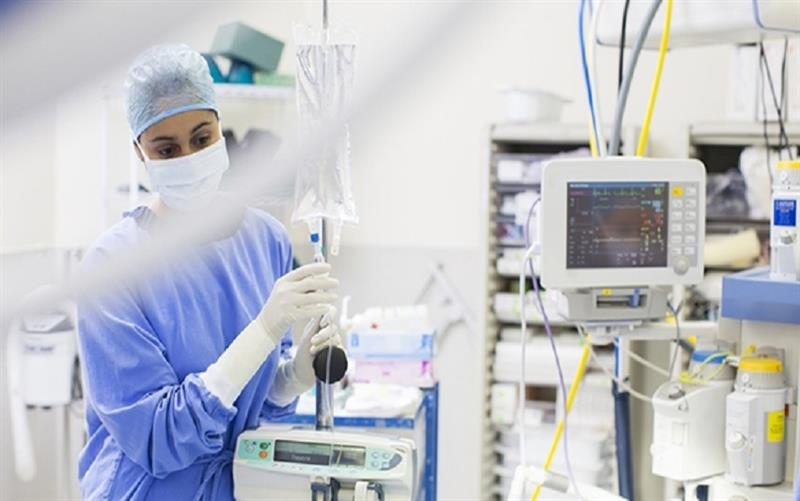
With a host of capabilities that improve patient care, practice management, and operational efficiency, patient management software is a game-changer for the healthcare sector. Healthcare providers can provide the best care and improve patient outcomes by utilizing comprehensive patient records, effective scheduling, billing automation, e-prescribing, patient portals, clinical decision support, data analytics, interoperability, secure messaging, and mobile accessibility. By embracing these essential components, practices may make sure they are prepared to handle the changing needs of their patients as well as the expectations of contemporary healthcare.
In contemporary healthcare settings, patient management software is an essential tool for optimizing the delivery of care. This program helps healthcare providers to give high-quality care more accurately and efficiently by offering a plethora of features like secure communication, efficient scheduling, full patient data, and much more. Investing in a strong patient management system will be essential to maintaining competitiveness and delivering top-notch patient experiences as healthcare continues to change.
With the healthcare industry always changing, patient management software is now essential for providing effective, high-caliber treatment. With the integration of several functionalities, this advanced software streamlines processes, improves patient experiences, and leads to better clinical outcomes. We'll look at the main aspects of patient management software that provide the best possible treatment .
1. Reminders and Scheduling of Appointments
In order to reduce wait times and make sure that healthcare providers can successfully manage their calendars, efficient appointment scheduling is essential. Waitlist management, automated appointment reminders, and online booking are common features found in patient management software. These features improve patient convenience and happiness while also lowering no-show rates.
2. Channels of Secure Communication
For healthcare practitioners to keep patients' trust and to abide by privacy laws like HIPAA, confidential communication between them is essential. Secure messaging platforms that enable encrypted communication and guarantee the privacy of sensitive data are frequently included in patient management software. Follow-up instructions, appointment confirmations, and general questions can all be handled using these platforms.
3. Revenue Cycle Management and Billing
The financial aspects of managing a medical practice are made simpler by the integration of patient management software with revenue cycle management and billing tools. Through the automation of billing procedures, claim monitoring, and payment administration, PMS guarantees precise and prompt revenue collection. This lessens the workload for healthcare professionals and frees them up to concentrate more on patient care.
4. E-Prescribing, or electronic prescribing
One important component that improves patient convenience and safety is electronic prescribing. Healthcare practitioners can electronically deliver prescriptions to pharmacies when their PMS has e-prescribing features. This speeds up the medicine dispensing procedure and lowers errors related to handwritten prescriptions.
5. Access to the Patient Portal
One essential tool that encourages patients to participate actively in their care is a patient portal. Patients can contact with healthcare providers, examine lab results, make appointments, and access their medical data through the portal. Improved patient participation and treatment plan adherence are fostered by this transparency.
6. Support for Clinical Decision Making
Healthcare practitioners can receive evidence-based recommendations and alerts from clinical decision support (CDS) systems that are included into patient management software. These tools offer recommendations based on the most recent clinical research, which helps with patient diagnosis and treatment. By guaranteeing that healthcare professionals have access to the most recent medical information, CDS improves the quality of care.
7. Reporting and Data Analytics
Healthcare practitioners can track and evaluate a variety of parameters pertaining to patient care and practice success with PMS because to its advanced data analytics and reporting features. In order to improve the delivery of care, physicians can pinpoint areas for improvement and make data-driven decisions by producing reports on patient outcomes, treatment efficacy, and operational efficiency.
7. Integration and Interoperability
Patient management software must have interoperability in order to work effectively with other healthcare systems, including electronic health records (EHRs), lab systems, and imaging systems. This makes it possible for patient data to be readily accessed and shared across several platforms, encouraging the provision of complete and coordinated care.
8. Encrypted Communications and Messaging
The best care can only be achieved when patients and healthcare professionals communicate effectively. Secure messaging tools in PMS make communication easier while protecting patient privacy. Using encrypted chat services, providers can discuss treatment plans, handle patient concerns, and exchange test findings.
9. Comprehensive Patient Records
The capacity to keep thorough patient records is one of the core components of good patient management software. Medical histories, treatment schedules, prescription lists, and other relevant data are included in these records. Healthcare practitioners can ensure continuity of treatment by making well-informed decisions promptly and correctly when all patient data is available in one location.
10.Mobile Accessibility
Mobile accessibility is an essential element for patient management software in the current digital era. Healthcare professionals may access patient data, schedule appointments, and stay in touch with patients at any time and from any location with a mobile-friendly PMS. The responsiveness and efficiency of care delivery are improved by this flexibility.